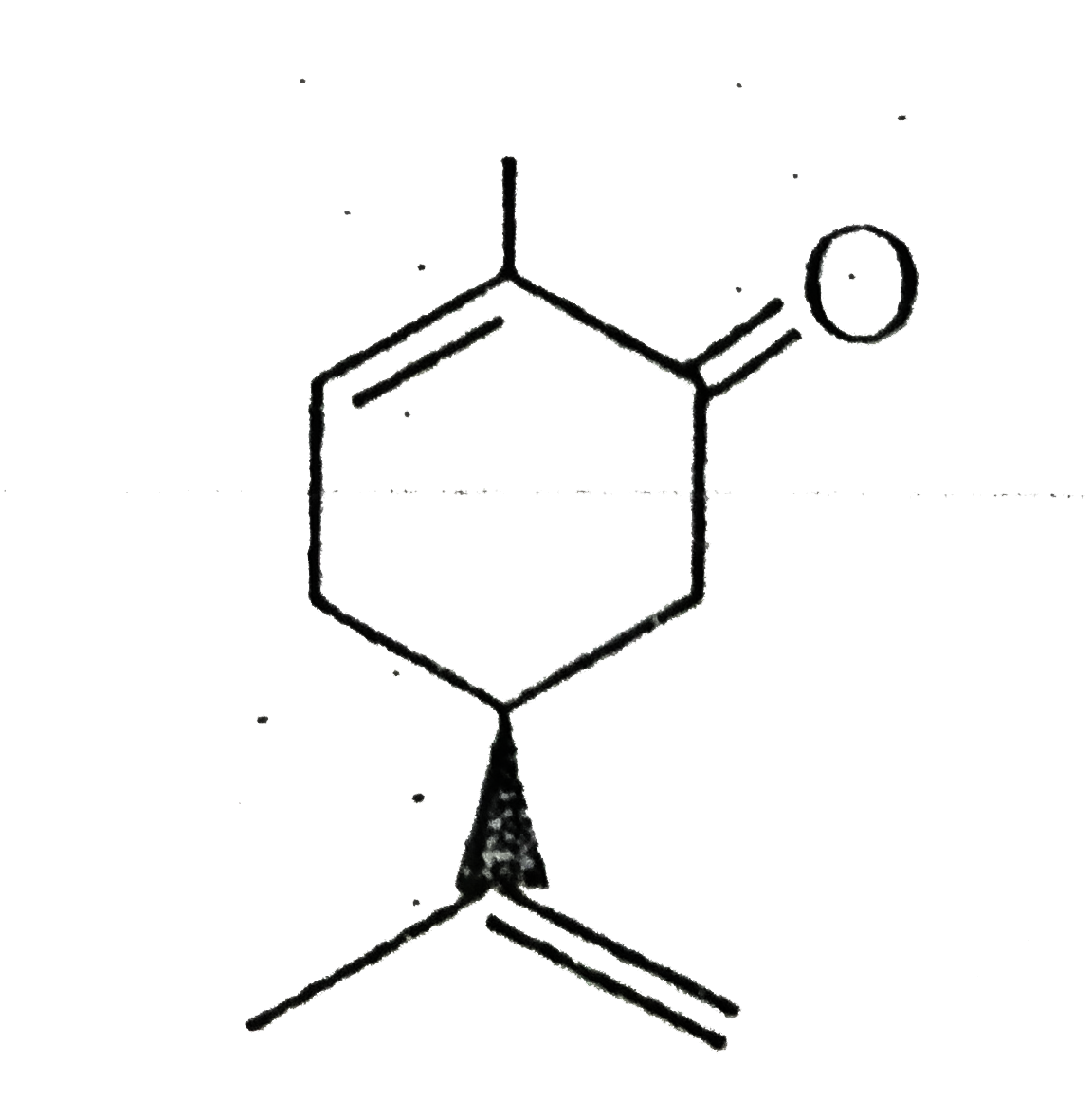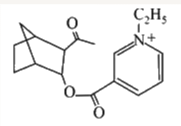Asymmetric karyotype is the one which has
Fewer metacentric chromosomes
Large scale difference between large and small chromosomes
Both A and B.
Chromosomes with varied shape.
The correct Answer is:C
Step-by-Step Solution:
1. Understanding Karyotypes: A karyotype is a complete set of chromosomes in an organism, arranged in pairs and organized by size, shape, and number.
2. Defining Asymmetric Karyotype: An asymmetric karyotype refers to a karyotype that exhibits significant differences in the size and shape of its chromosomes. This can include a variety of chromosome types, such as metacentric and telocentric chromosomes.
3. Characteristics of Asymmetric Karyotype:
- Few Metacentric Chromosomes: In an asymmetric karyotype, there are typically only a few chromosomes that are metacentric (chromosomes with the centromere located in the middle).
- Large Scale Differences: There is a noticeable size difference between the largest and smallest chromosomes in the karyotype. This means that the karyotype has a wide range of chromosome sizes.
- Varied Shapes: The chromosomes may also exhibit varied shapes, but this is not a defining characteristic of asymmetric karyotypes.
4. Conclusion: Based on the characteristics mentioned, an asymmetric karyotype is defined by having few metacentric chromosomes, a large scale difference between the largest and smallest chromosomes, and possibly varied shapes.
5. Correct Answer: Therefore, the correct answer to the question is that an asymmetric karyotype has:
- Few metacentric chromosomes
- Large scale differences between large and small chromosomes
- Both A and B are correct
- Few Metacentric Chromosomes: In an asymmetric karyotype, there are typically only a few chromosomes that are metacentric (chromosomes with the centromere located in the middle).
- Large Scale Differences: There is a noticeable size difference between the largest and smallest chromosomes in the karyotype. This means that the karyotype has a wide range of chromosome sizes.
- Varied Shapes: The chromosomes may also exhibit varied shapes, but this is not a defining characteristic of asymmetric karyotypes.
- Few metacentric chromosomes
- Large scale differences between large and small chromosomes
- Both A and B are correct
Topper's Solved these Questions
- HUMAN EVOLUTIONBOOK - DINESH PUBLICATION ENGLISHCHAPTER - HUMAN EVOLUTIONEXERCISE - Check Your Grasp
10 Videos
- GROWTH, REPAIR, REGENERATION AND AGEINGBOOK - DINESH PUBLICATION ENGLISHCHAPTER - GROWTH, REPAIR, REGENERATION AND AGEINGEXERCISE - Brain Teasers-VI[B]
6 Videos
- HUMAN HEALTH AND DISEASEBOOK - DINESH PUBLICATION ENGLISHCHAPTER - HUMAN HEALTH AND DISEASEEXERCISE - CHECK YOUR GRASP
17 Videos
Similar Questions
What is a karyotype?
View SolutionTo study any kind of genetic abnormality arising due to change is chromosome number, the karyotype is prepared. Which of the following stages is most suitable to develop a karyotype ?
View SolutionStructure of one of the enantiomer of carvone is given below. Find the asymmetric carbon atom and determine whether it has ( R ) of (S ) configuration .

View SolutionIn Down syndrome , karyotyping has shown that the disorder is associated with trisomy of chromosome number 21 usually due to:
View SolutionAn asymmetric carbon atom is a chiral centre.
View SolutionIn the following questions, a statement of assertion (A) is following by a statement of reason (R )
A : The number of optically active isomers of tartaric acid is three though it contains two asymmetric carbons.
R: One of the optical isomers has a centre of symmetry..
View SolutionName one:
non-metal which has lustre.
View SolutionWhat is Karyotyping?
View SolutionAsymmetric shape of spindle is observed during
View SolutionThe number of asymmetric centres present in the following compound are ______.

View Solution
